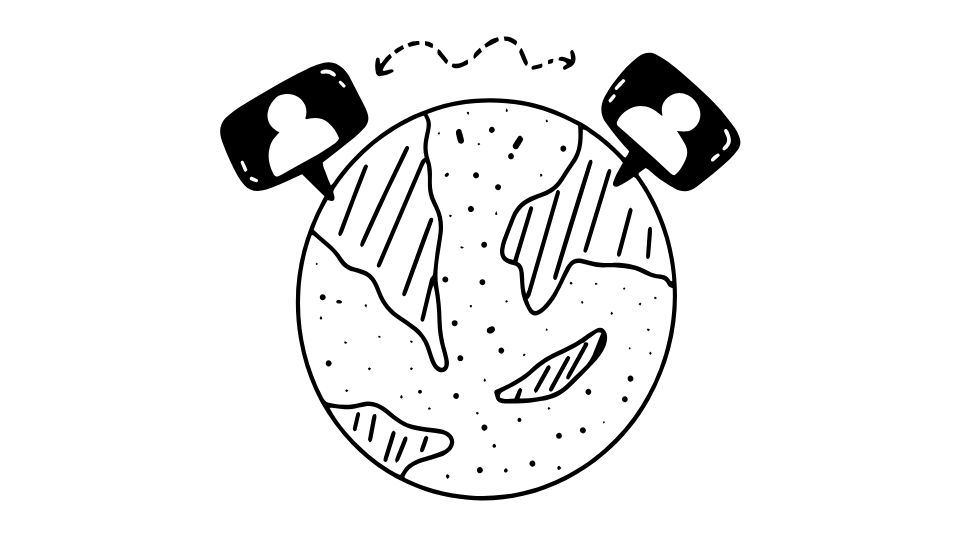Switching Careers? 7 Tips to Make the Transition Smooth

So you’re thinking about jumping ship to a whole new career?
I get it. The thought of throwing away years of experience to start fresh is terrifying. But it’s also potentially the most life-changing decision you’ll ever make.
When I switched careers, I felt like I was standing at the edge of a cliff. Would I fly or fall?
But here’s the thing – career transitions don’t have to be as scary as we make them out to be. With some strategic planning and self-awareness, you can make the leap without splatting on the rocks below.
Let’s break down how to actually do this thing.
Making the Leap: How to Switch Careers Without Losing Your Mind
Step 1: Figure Out What You Actually Want (For Real This Time)

Before you throw your current job in the garbage, take some time to figure out what you’re actually running toward.
Self-reflection isn’t optional here. It’s the foundation of a successful career change.
Ask yourself:
- What parts of my current job make me want to stab my eyes out?
- What tasks make me lose track of time?
- What would I do even if I wasn’t getting paid?
Use tools like career assessments to uncover patterns you might be missing. Sometimes we’re blind to our own interests and strengths.
The goal isn’t to find your “passion” (barf). It’s to identify work that aligns with your values and plays to your strengths.
Step 2: Leverage What You Already Have (Yes, You Have Transferable Skills)
Here’s where people mess up: they think switching careers means starting from zero.
Wrong.
You’ve been building skills for years that can transfer to almost any industry:
- Communication
- Problem-solving
- Project management
- Teamwork
- Adaptability
These aren’t just fluffy resume words. They’re valuable skills that employers in every industry need.
One friend went from teaching kindergarten to product management at a tech company. How? By highlighting how classroom management translates to stakeholder management. (Turns out managing 5-year-olds and managing executives requires many of the same skills)
Step 3: Fill Your Skill Gaps (Without Going Broke)
Let’s be real – you probably do have some skill gaps for your target role. But you don’t need a $100,000 degree to fill them.
The internet is your friend here.
Options include:
- Free or low-cost online courses (Coursera and edX have tons)
- Industry certifications
- Volunteering for projects that build relevant skills
- Side hustles that give you experience
I learned data analysis through a $12 Udemy course and practiced by volunteering to analyze data for a local nonprofit. Three months later, I had portfolio projects and real experience to talk about in interviews.
Step 4: Network Like Your Career Depends On It (Because It Does)
I know, I know. Networking feels gross. But here’s the cold, hard truth: 70-80% of jobs are never posted publicly.
They’re filled through connections.
This doesn’t mean sending desperate LinkedIn messages to strangers. It means:
- Reaching out to people for informational interviews
- Attending industry events (virtual counts too!)
- Joining relevant professional groups
- Reconnecting with former colleagues
When I wanted to break into content marketing, I reached out to 20 people in the field asking for 15-minute coffee chats. Seven responded, and one introduction led to my first job in the industry.
Step 5: Rebrand Yourself (Without Lying)

Your resume and LinkedIn profile need a serious makeover.
This isn’t about lying – it’s about framing your experience in terms that matter for your target role.
Tips:
- Rewrite your professional summary to focus on transferable skills
- Highlight relevant projects, even if they weren’t your main job
- Quantify achievements whenever possible
- Use industry keywords from job descriptions you’re targeting
One smart approach is to create a skills-based resume rather than a chronological one. This puts your relevant abilities front and center.
Step 6: Prepare for the Ego Hit
This part sucks, but you need to hear it: you might need to take a step back to move forward.
Whether that means:
- A pay cut (hopefully temporary)
- Starting in a more junior role
- More proving yourself than you’re used to
Career transitions often involve a dip before the climb. But remember – this is temporary.
My friend went from making $85k as a manager in retail to $60k as an entry-level software developer. Three years later? She’s making $130k and loves her job.
Short-term pain, long-term gain.
Step 7: Learn From People Who’ve Done It

Let’s look at some real people who made dramatic career shifts:
Vera Wang didn’t design her first dress until age 40. Before that? She was a figure skater and journalist. Now she’s a fashion icon worth $650 million.
Jeff Bezos was a Wall Street executive before starting Amazon in his garage at 30.
Sara Blakely was selling fax machines door-to-door before inventing Spanx and becoming a billionaire.
The common thread? They all leveraged existing skills while learning new ones, and weren’t afraid of looking like beginners.
What About You?

Career transitions are never smooth sailing. There will be moments of doubt, rejection, and “what the hell am I doing?” thoughts at 3 AM.
That’s normal.
But the alternative – staying in a career that makes you miserable – is worse than any temporary discomfort from making a change.
So take that first small step. Research a field that interests you. Reach out to someone for an informational interview. Take an online course.
The journey of a thousand miles begins with not tripping over your own feet.
Remember: your career is a marathon, not a sprint. And it’s never too late to change direction.

